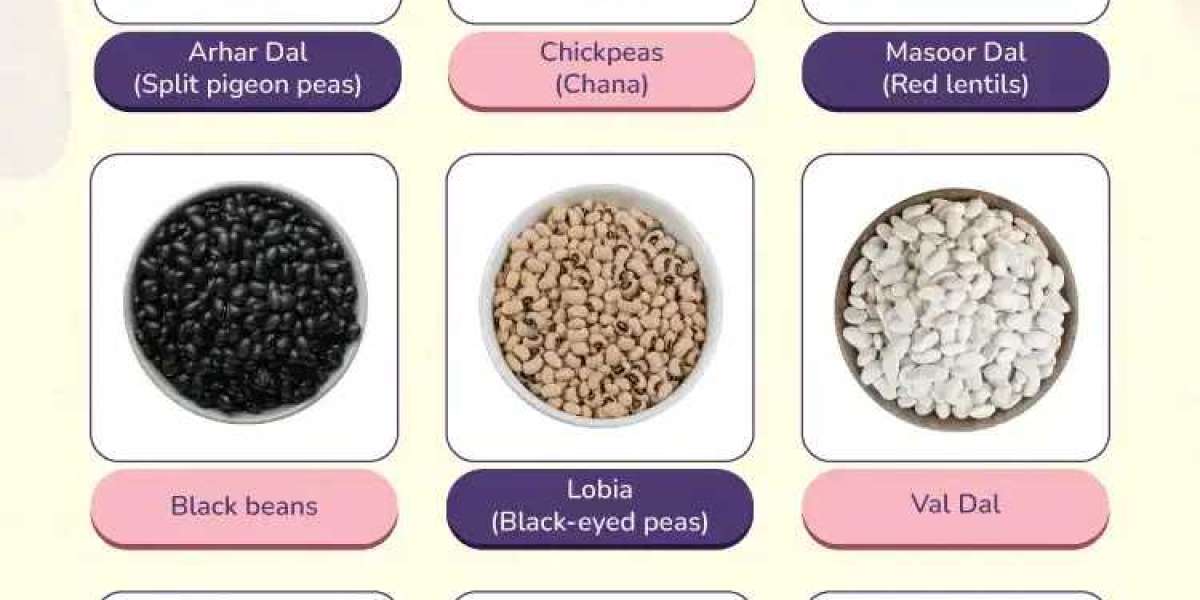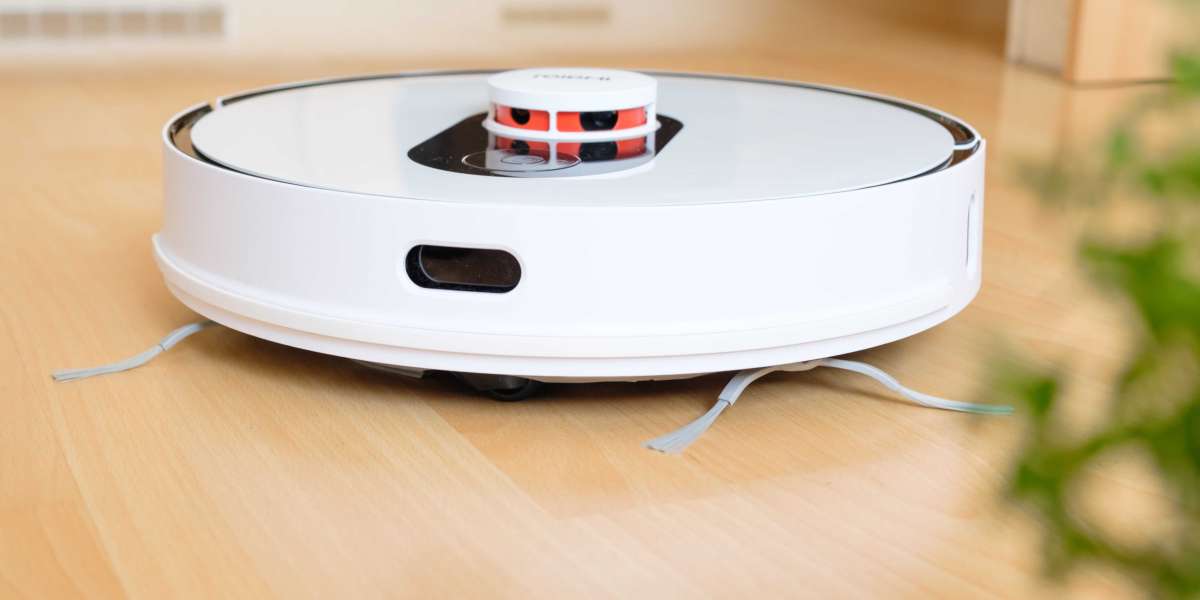Pulses are a diverse group of leguminous crops cultivated primarily for their edible seeds, which are rich in protein, fiber, and essential vitamins. They are an essential part of the diet in many cultures around the world due to their high nutritional value and sustainability. In this article, we will explore the common pulses name, their uses, and the health benefits they offer.
Common Pulses Name
- Lentils (Lens culinaris)
Lentils are among the most widely consumed pulses globally. They come in various colors, such as red, green, brown, and black. Lentils are packed with protein, iron, and folate, making them a great option for vegetarians and vegans. They are often used in soups, stews, and curries. - Chickpeas (Cicer arietinum)
Chickpeas, also known as garbanzo beans, are another common pulse with a high protein content. They are versatile and can be used in dishes like hummus, salads, stews, and even as a substitute for meat in various recipes. Chickpeas are rich in fiber and antioxidants. - Black Beans (Phaseolus vulgaris)
Black beans are small, shiny, and packed with nutrients. They are high in protein, fiber, and several important minerals like iron, magnesium, and potassium. Commonly used in Latin American cuisine, black beans make a great addition to burritos, soups, and salads. - Kidney Beans (Phaseolus vulgaris)
Kidney beans are large and kidney-shaped, known for their deep red color. They are rich in protein and fiber and are often used in chili, soups, and casseroles. It’s important to cook kidney beans thoroughly, as raw beans contain toxins that can be harmful. - Peas (Pisum sativum)
Peas come in many varieties, including green peas, yellow peas, and split peas. Peas are a rich source of protein and are often used in soups, casseroles, or served as a side dish. They are also a key ingredient in many plant-based protein products. - Mung Beans (Vigna radiata)
Mung beans are small, green legumes known for their high nutritional content. They are rich in antioxidants, protein, and fiber. Mung beans can be used in salads, soups, or ground into flour for baking. - Fava Beans (Vicia faba)
Fava beans, also known as broad beans, are larger than many other pulses. They are packed with protein and are commonly used in Mediterranean and Middle Eastern cuisines. Fava beans can be eaten fresh or dried and are commonly found in stews, salads, and dips. - Soybeans (Glycine max)
Soybeans are one of the most widely cultivated pulses globally due to their high protein content and versatility. Soybeans are used to produce various products, such as tofu, tempeh, and soy milk. They are also rich in isoflavones, which are believed to have potential health benefits.
Health Benefits of Pulses
Pulses offer numerous health benefits, making them a valuable addition to any diet. They are an excellent source of plant-based protein, which is essential for muscle growth, immune function, and tissue repair. Pulses are also high in fiber, which aids digestion, helps regulate blood sugar levels, and lowers cholesterol. Furthermore, pulses are low in fat and free from cholesterol, making them heart-healthy choices.
Including pulses in your diet can also help with weight management, as they are filling and nutrient-dense, keeping you satisfied for longer periods. Additionally, pulses are an environmentally sustainable food choice, as they require fewer resources like water and land compared to animal-based protein sources.








